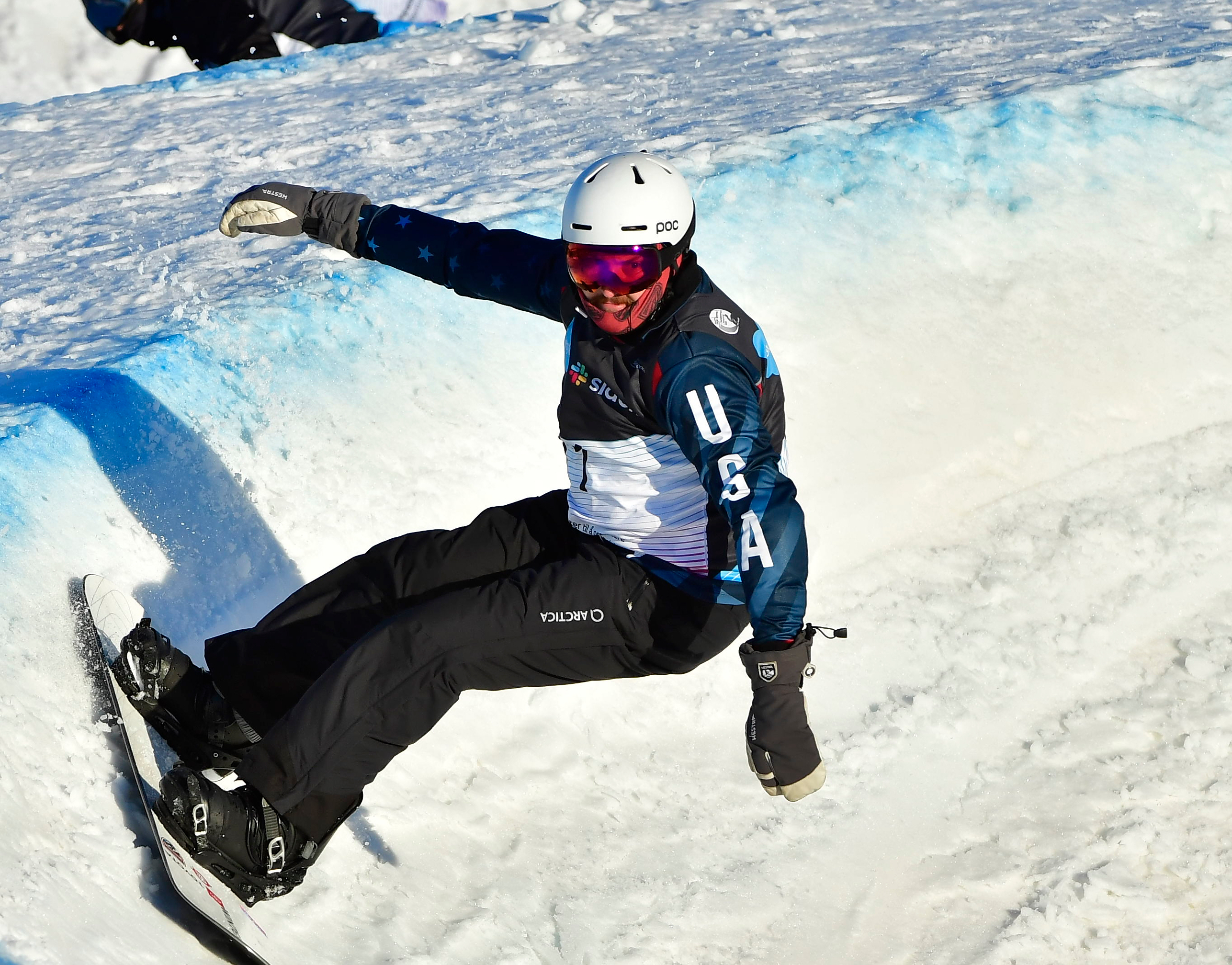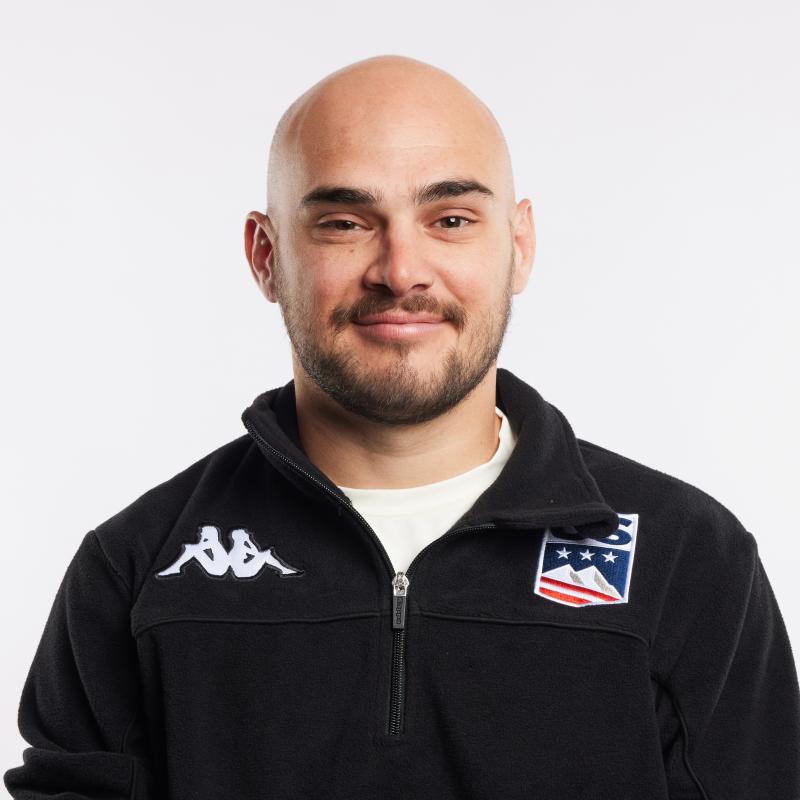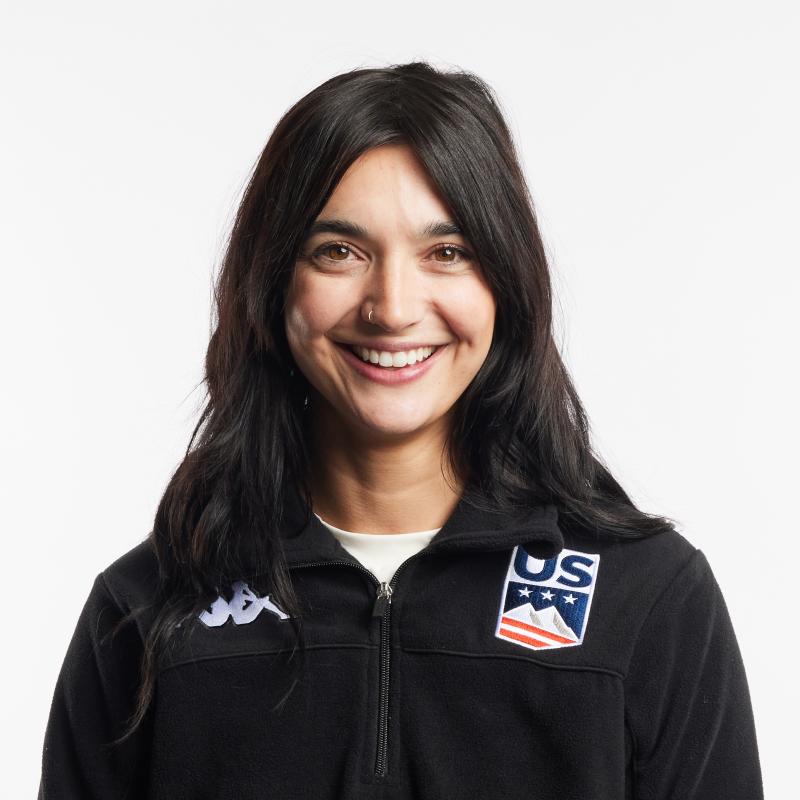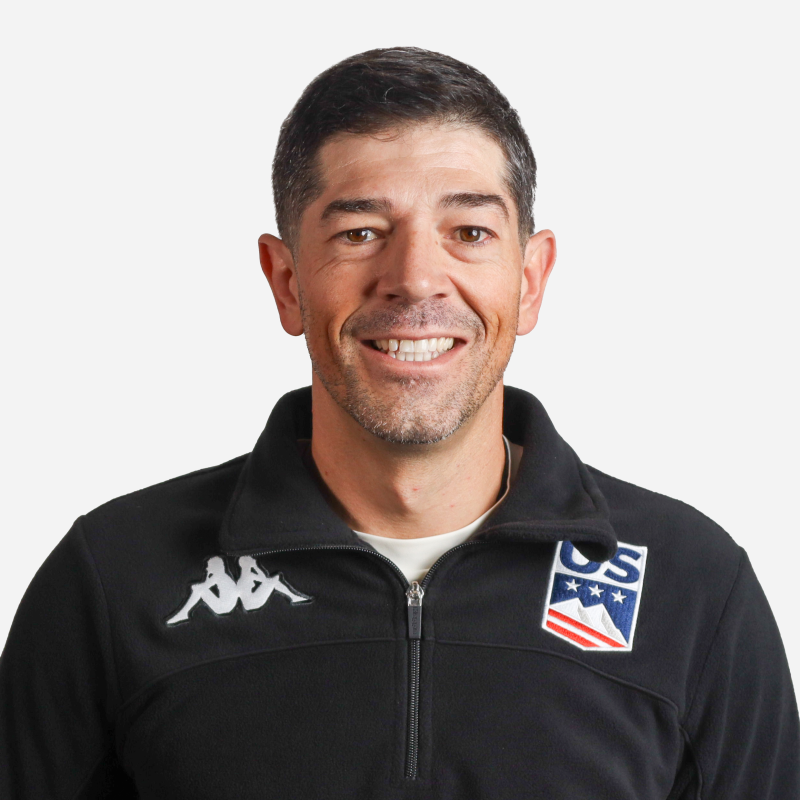Everything You Need To Know About Para Snowboarding

Here’s a breakdown of the events and the classifications featured in Para snowboarding.
By Luke Hanlon
Red Line Editorial
While you won’t see the halfpipe event at the Paralympics, Para snowboarding shares multiple events and a lot of the same skills that are showcased at the Winter Olympics every four years.
Snowboarding officially became a Paralympic sport for the Sochi Games in 2014. Now every four years, athletes from three different classifications compete in two different events to try to earn a spot on the podium.
Here’s a breakdown of the events and classifications that make up a Para snowboarding competition.
Events
Banked Slalom
The banked slalom is a race down a designed course that features one athlete competing at a time. Each snowboarder gets two runs on the course, with their best run being the time that is used to determine the winner.
Like the name implies, banked slalom courses feature wide, U-shaped turns, along with plenty of dips and bumps along the way.
While banked slalom is featured at the Paralympics, other variations of the race can be seen during the world cup circuit and at the world championships. Dual banked slalom follows almost the exact same structure as banked slalom except it features two athletes competing at the same time on adjacent courses. The competition acts as a bracket, as the winner of each race moves on until two are left to compete for the gold medal.
There is also a dual banked slalom team event, where two athletes from the same country compete together against a duo from another country. The times of the two athletes are combined to determine a winner.
Snowboardcross
The original Para snowboarding event, snowboardcross is a race that’s all about head-to-head racing, with no shortage of air, speed and exciting maneuvers as riders make their way to the bottom. The courses in snowboardcross feature ramps, bumps and turns that riders must navigate at high speeds — and against other competitors. During qualification, each snowboarder completes three runs down the course, with their best time determining their spot in the second round. From there, each heat features two to four snowboarders at a time.
The Paralympics includes the traditional snowboardcross event for individual athletes, but other competitions such as the world championships also feature a snowboardcross team event. In the team event, riders from opposing teams compete on the course at the same time. The rider who finishes first carries the amount of time they won by to the second rider on their team. The second rider then gets a head start based on that margin in the second run. Whoever crosses the finish line first wins.
Classifications
To ensure that competitions are fair, each athlete is assigned a classification based on their level of impairment. There are three different classifications for Para snowboarding: UL, LL1 and LL2.
Athletes with any upper limb impairments compete in the UL classification. Two-time Paralympic medalist Mike Minor was born missing his right forearm, so he competes in the UL class.
LL1 is for athletes with slightly affected movement in the knees or legs, which can be caused by muscle deficiencies or nerve damage. Athletes with an above the knee amputation to one leg, or below the knee amputations to both legs, also compete in this classification. LL1 athletes have impairments that affect their balance and their ability to absorb the terrain they compete on. Three-time Paralympic gold medalist Brenna Huckaby regularly competes in the LL1 class because she had her right leg amputated.
LL2 is designated for athletes with slight coordination impairment on one side of their body or in both of their legs. This classification is also for athletes with affected movement in one leg or both feet, as well as having one leg amputated below the leg. LL2 athletes can usually generate a lot of force onto the board to create speed, but their impairments can throw off the timing of their turns. Two-time Paralympic medalist Keith Gabel had his left leg amputated below the knee, so he competes in the LL2 class.
Luke Hanlon is a sportswriter and editor based in Minneapolis. He is a freelance contributor to USSkiandSnowboard.org courtesy of Red Line Editorial, Inc.



